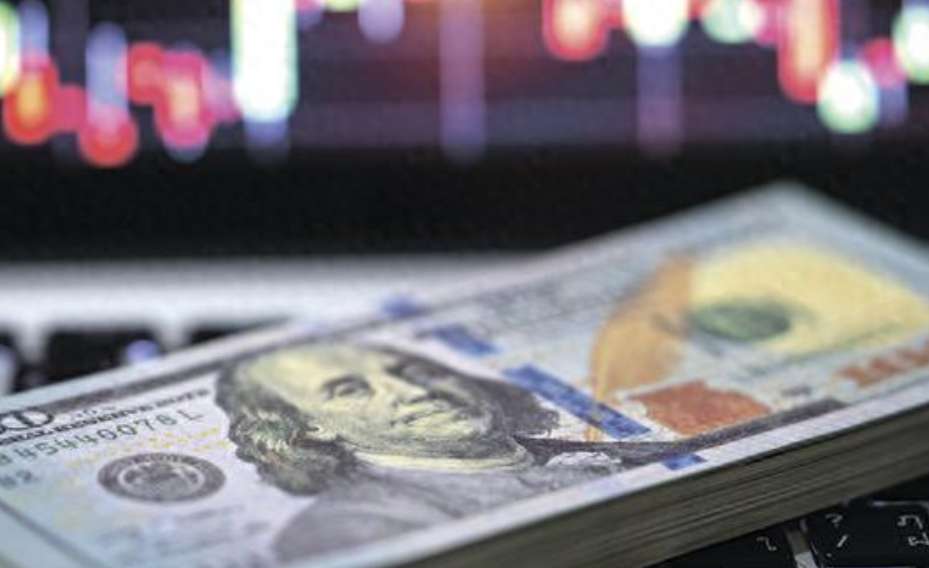U.S. Leveraged Loan Default Rate Hits Four-Year High
Advertisements
The era of cheap financing, initially brought about by the pandemic, is now slipping away, revealing a growing array of challenges for both companies and investors in the leveraged loan marketThe favorable conditions experienced over the last few years are giving way to troubling indicators that suggest a rocky road aheadAs evidenced by Moody's recent report, the default rate for leveraged loans in the U.Sis projected to hit 7.2% within the next twelve months, marking the highest level since the end of 2020. Additionally, the default rate on junk loans has surged to its highest point in a decade, raising alarms across financial sectors.
Despite the Federal Reserve's recent measures to reduce interest rates, the high cost of borrowing continues to undermine companies’ abilities to meet their debt obligationsAs stated by David Meckling, a credit portfolio manager at UBS Asset Management, “The impacts of high interest rates on companies have yet to fully materialize.” He suggests that the trend of increasing defaults in the leveraged loan sector may persist well into 2025, highlighting a precarious financial outlook.
The leveraged loan boom was largely fueled by a prolonged period of low interest rates, during which floating-rate loans became a popular choice among American corporations
With lower initial costs, these loans were attractive to businesses seeking to expand and push their operations forwardHowever, since the Federal Reserve initiated significant rate hikes in 2022, the interest rates attached to these floating loans have skyrocketed, leading to a dramatic increase in corporate debt burdens.
The sectors hardest hit by these rising costs are those with relatively light asset structures, particularly the healthcare and software industriesMany companies in these fields lack sufficient tangible assets to collateralize their loans, meaning that in the event of default, investors are left at a disadvantage with limited recovery optionsJustin McGowan, a partner at Cheyne Capital’s corporate credit division, refers to this situation as a crisis driven by “the dual pressures of sluggish economic growth and a lack of assets,” making these businesses notably more vulnerable in high-rate environments.
As the refinancing pressures within the leveraged loan market mount, the elevated rates are increasingly constraining access to financing in both public and private markets
- Microsoft to Invest $80 Billion in AI
- ISM: US Factory Activity Shrinks Again in December
- Tesla's Annual Sales Experience First Decline
- BYD: The Arrival of Market Value Management
- Xiaomi's Rapid Dash to a Trillion
Ruth Yang, managing director of private market analysis at S&P Global Ratings, articulated that companies unable to secure funding through these avenues would be forced to restructure their debts, potentially leading to an uptick in default rates.
A significant driver of the rising defaults has been the harsh reality of Distressed Debt Exchanges (DDEs), which emerged as a critical tool for many companies navigating financial crisesS&P Global's data indicates that more than half of the leveraged loan defaults within the U.Sthis year have involved these sorts of transactionsSuch exchanges allow firms to extend maturities or modify loan terms, thereby temporarily avoiding bankruptcy while sacrificing investor rights in the process.
Another concerning factor contributing to the underlying risks in the leveraged loan market has been the gradual loosening of covenant protections
Weaker covenant requirements, paradoxically, afford borrowers greater flexibility, but they simultaneously erode lender protections and obscure the definition of default itselfThis situation further raises concerns about systemic risk, which could have implications that extend far beyond individual borrowers.
In contrast to the turbulent leveraged loan market, the performance of the high-yield bond sector has remained relatively stableAccording to data from the ICE BofA, the spread on U.Shigh-yield bonds is currently at its lowest level since 2007. Some investors continue to express optimism regarding the long-term effects of interest rate cuts, believing that gradually declining borrowing costs could offer relief to companies grappling with financial strain.
Brian Barnhurst, the head of fixed-income global credit research at Prudential, remarked, “The default rates between leveraged loans and high-yield bonds have decoupled by the end of 2023, reflecting a significant divergence in market performance.” However, this optimistic perspective is not universally shared

Some analysts are taking a more cautious stance, cautioning that the increased frequency of distressed debt exchanges alongside declining asset quality among borrowers represents a core issue fostering risk accumulation in the U.Sleveraged loan marketThe structural characteristics of this market make it particularly susceptible to macroeconomic shifts.
Leave A Comment